How to Prepare Your Lawn for Spring
They say the first sign of spring is the bare branches of trees budding with new life, the sprouting of seasonal flowers, and the familiar buzz of hummingbirds — but, for some of us, the sure sign of spring is the patchy lawn and new crabgrass that Old Man Winter left in his wake.
If this is the case in your yard, now is the time to prepare your lawn for springtime. Here are five steps to clean and treat your grass for patches, spots, and weeds.
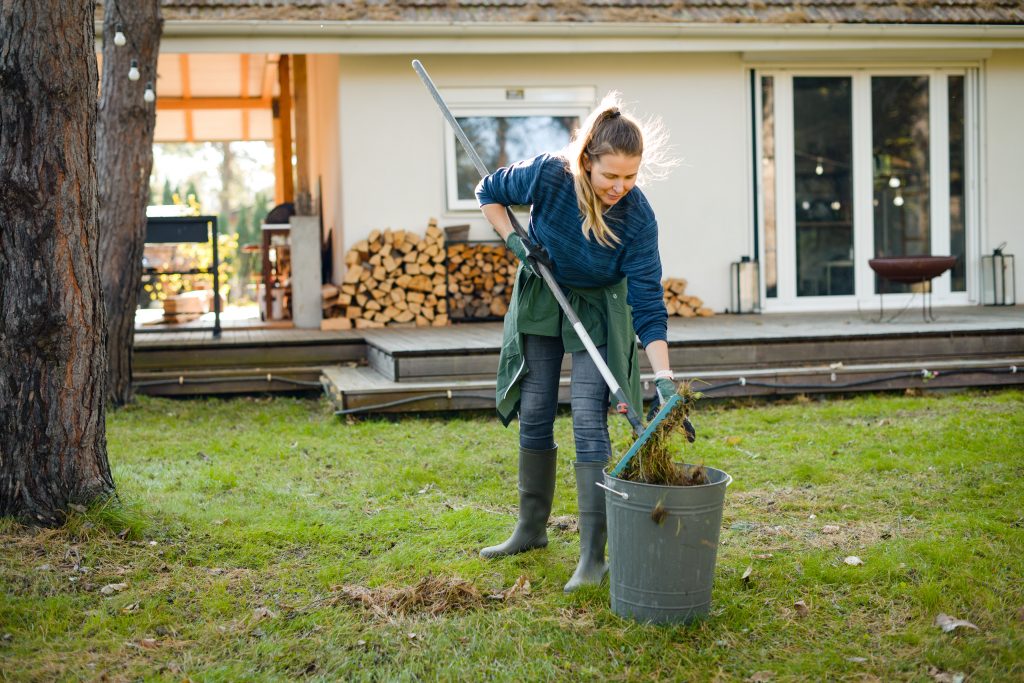
1. Rake Your Lawn
Before doing any spot treatment or seeding, you’ll want to rake your lawn to help your grass prepare for new growth. This step is important not just for removing debris like leftover fallen leaves but for removing thatch. Thatch is the layer of dead turfgrass that, when it gets too thick, can prevent new grass from emerging. Combing your lawn with a rake should be enough to remove it or at least loosen it up enough for new growth.
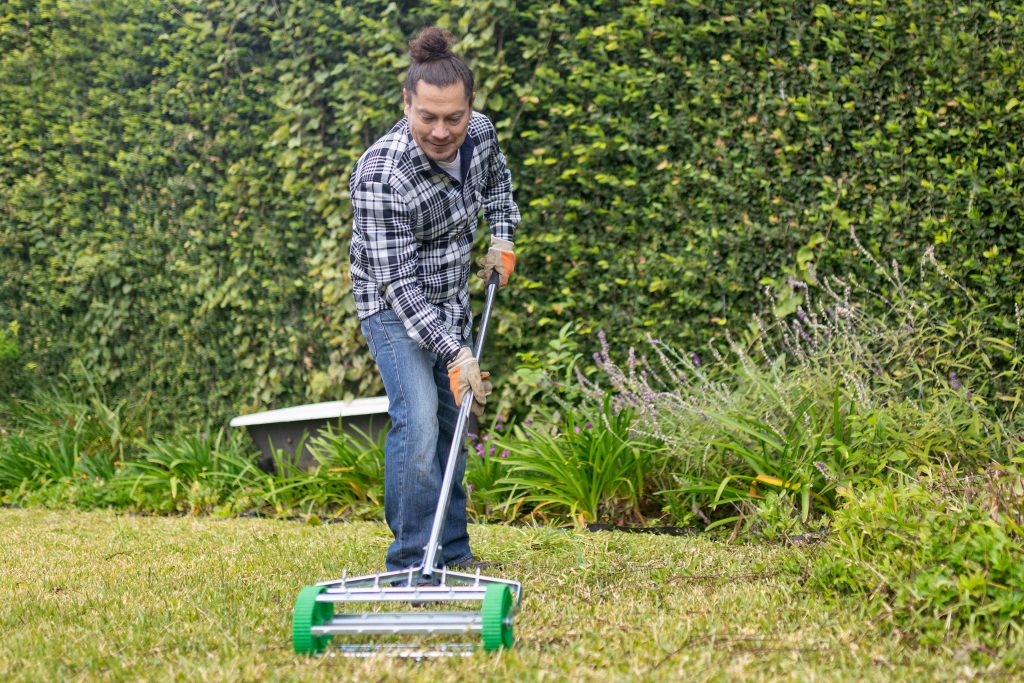
2. Aerate Your Soil
One more step before applying new seeds to your bare patches of lawn: aeration. In warm climates like Texas, spring is the best time for lawn aerating, which will loosen up dry, compact soil and ready your landscape for new grass growth. Aeration is ideally done a day or two after a good rain when the soil is moist, but you can also use a hose to drench the soil.
Aeration is simple: It’s just about creating small holes in the soil for air, water, and nutrients to reach the roots of your grass. You can do it by hand using a metal pitchfork, spade, or — the easiest option — a rolling lawn aerator.
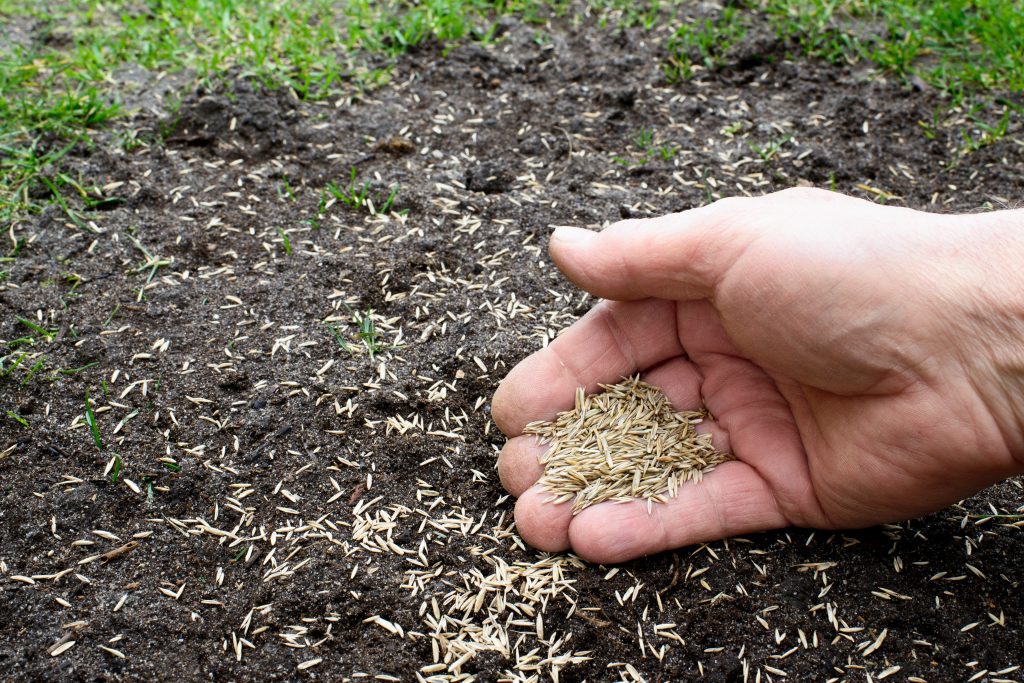
3. Seed Bare Patches
Once your soil is ready, it’s time to treat your lawn’s bald patches. Here in Texas, spring is the best time for seeding! You can seed the whole lawn, but this might end up emphasizing the areas that struggled over the winter. To help the bare patches catch up with the healthy lawn, generously apply grass seed to any areas with clearly visible soil. Be sure to regularly water these seeded areas over the next few weeks to encourage them to take root and grow — but don’t be surprised if some crabgrass starts cropping up, too.
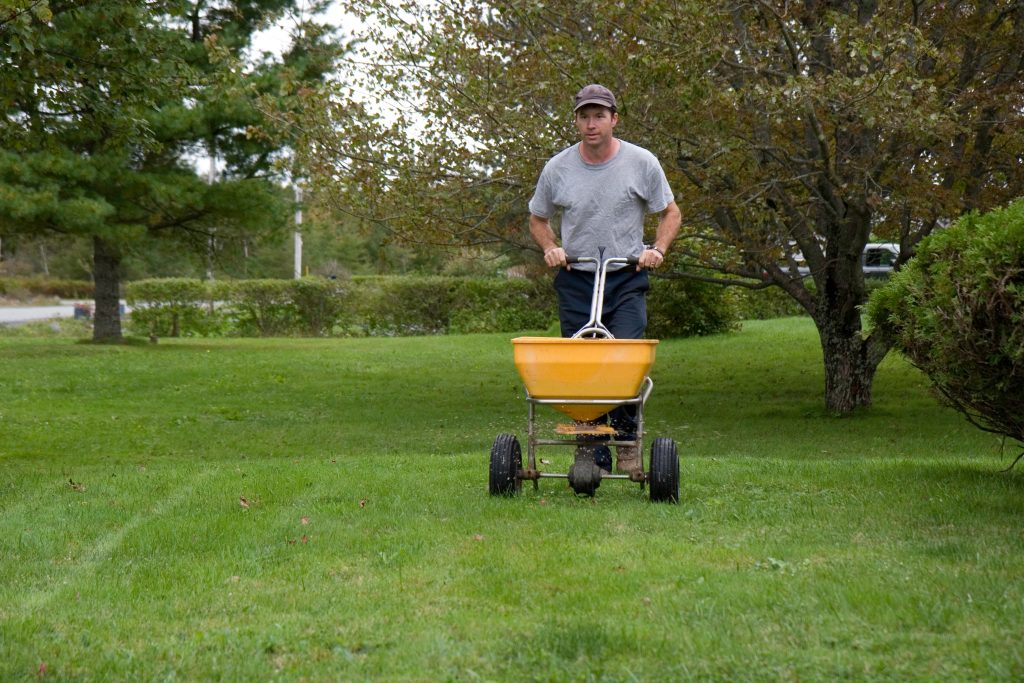
4. Fertilize
After the seeds have begun sprouting, wait three to five weeks before fertilizing the whole lawn. You’ll want to wait until mid to late spring, so you don’t accidentally feed weeds and crabgrass or create fertilizer runoff from April showers.
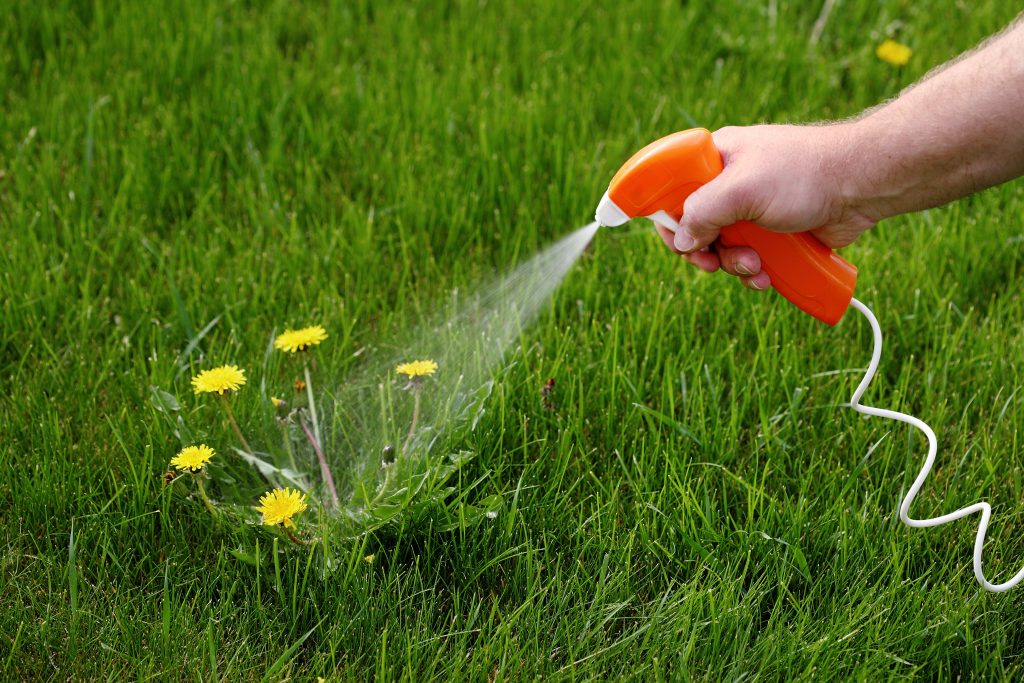
5. Spot Spray
As your grass starts growing and flourishing, there’s a good chance some weeds will, too. Get ahead of unwanted weeds with preemergent sprays. Not all weeds are treated equally, though, so you’ll need to identify what you’re dealing with before administering vengeance on these intruders.
Once you’ve applied a spray to a weed on your lawn, give it about a week to notice results. If it doesn’t work, try again with a different product. Most importantly, though, is to never overapply or drown the weed in herbicide. You could damage your grass. As any landscaper will tell you, it’s better to have a weed or two than a dead lawn.
While your grass is getting ready for spring, prepare your lawn equipment with these seven maintenance tips.
© 2024 Texas Farm Bureau Insurance



